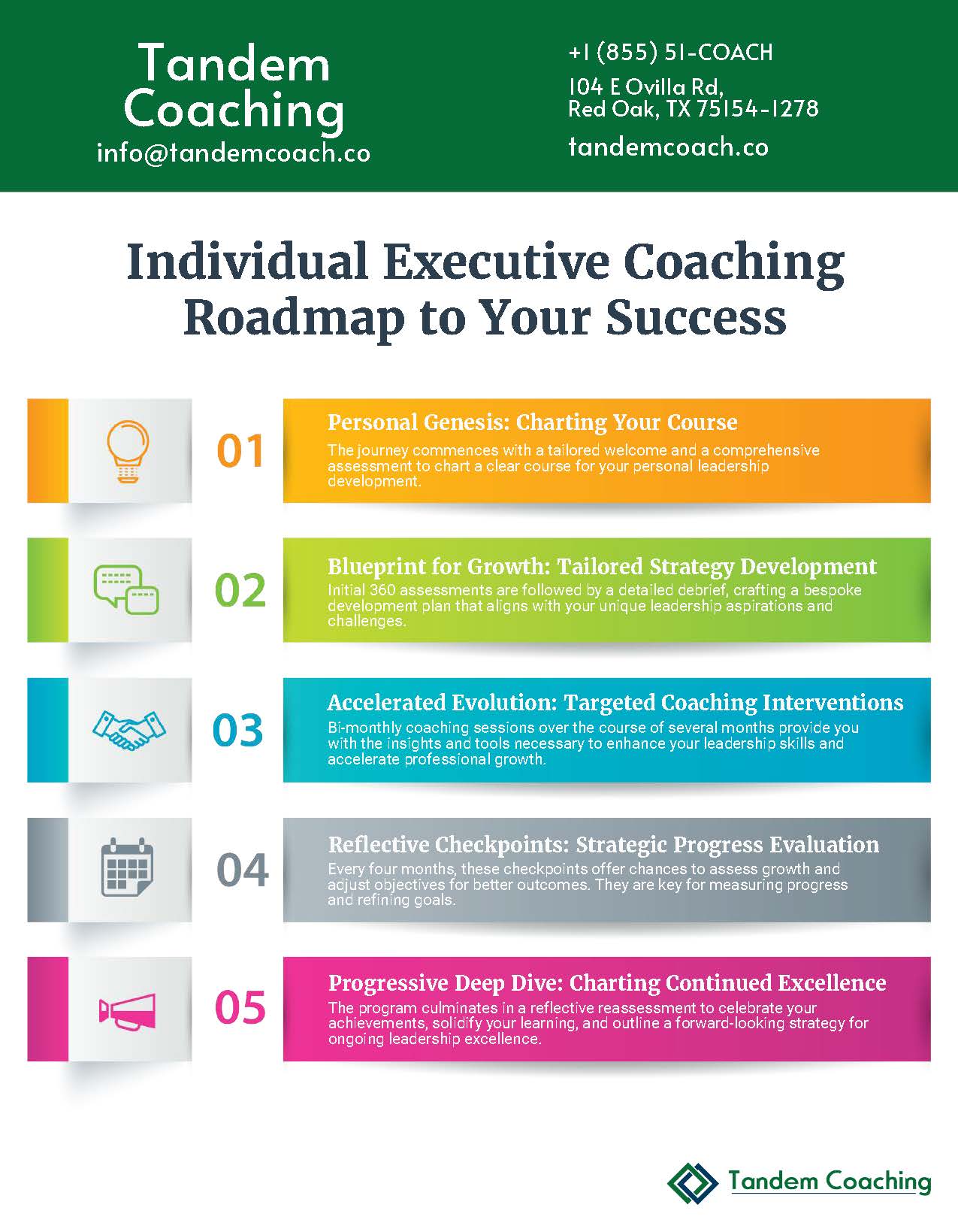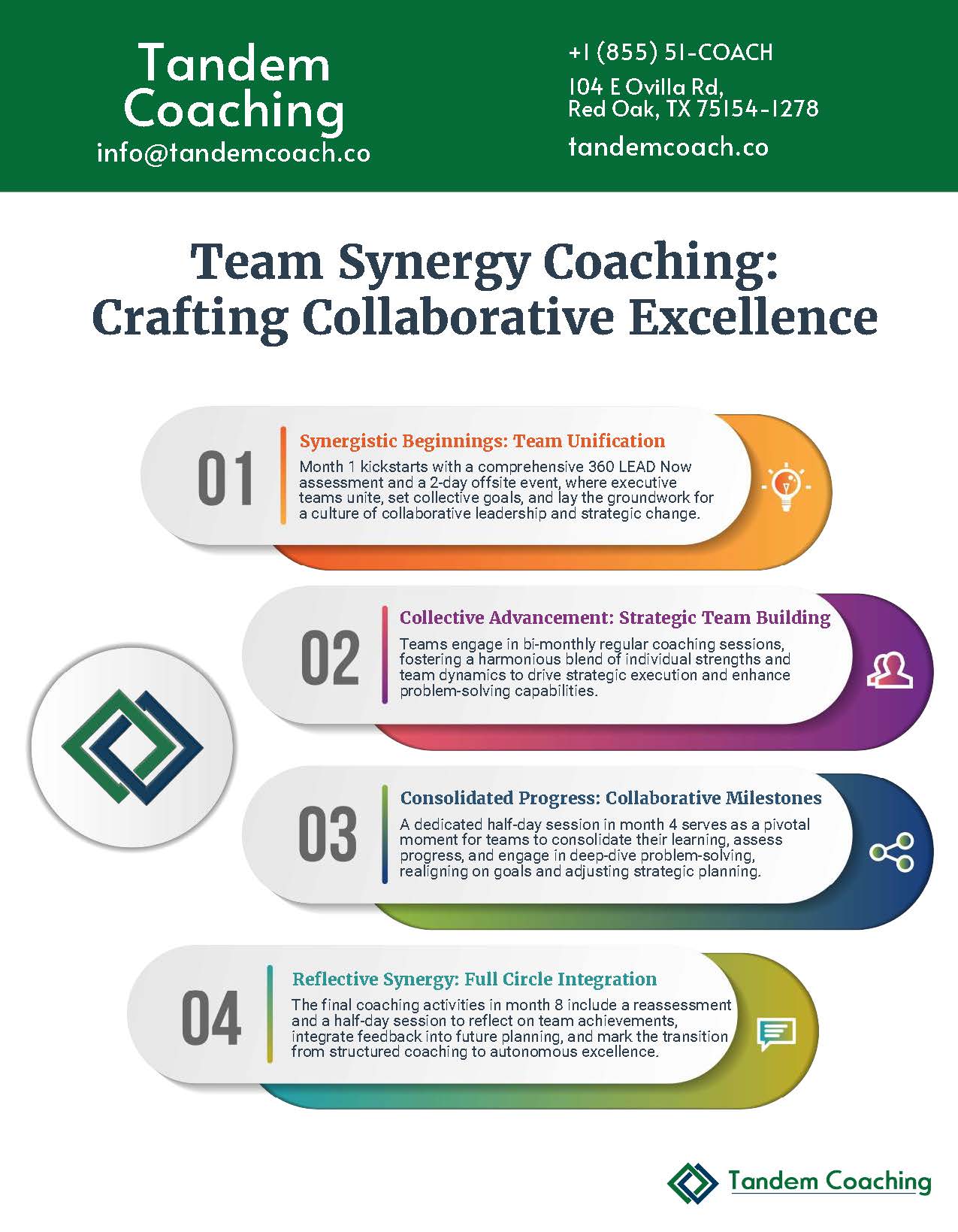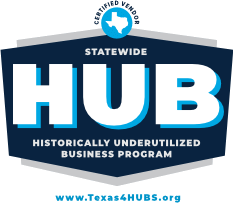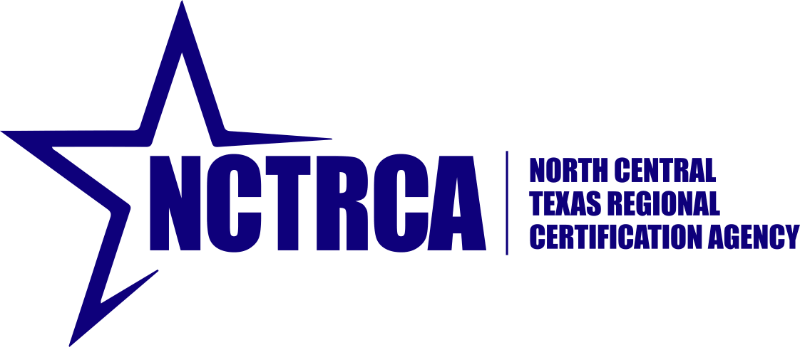TL;DR; ADHD coaching progress requires specialized measurement approaches that account for executive function improvements, variable attention patterns, and long-term behavioral change. Success indicators include both quantitative metrics (productivity data, goal achievement) and qualitative shifts (confidence, stress reduction, leadership effectiveness). Realistic timelines and ADHD-specific frameworks provide more accurate assessment than traditional coaching metrics.
Six months into working with an executive who had been struggling with overwhelming demands and scattered focus, we sat down for what would become a pivotal progress review. She pulled out her phone and showed me her calendar from our first session – back-to-back meetings with no breaks, color-coded chaos that somehow made her feel productive while leaving her exhausted and reactive.
Then she showed me her current calendar. Same number of meetings, same high-level responsibilities, but completely different energy. Strategic blocks of time were protected for deep thinking. Meeting agendas were clear and purposeful. Most importantly, she had built in what she called “transition moments” – brief spaces between commitments that allowed her ADHD brain to reset and refocus.
“The funny thing is,” she said, “if you just looked at my output metrics – deals closed, team performance ratings, revenue numbers – you might not see the dramatic difference. But I’m no longer running on adrenaline and panic. I’m actually leading instead of just responding.” This moment crystallized something I’d been observing across my ADHD coaching practice: traditional progress measurement often misses the most transformative changes because it’s designed for neurotypical patterns of growth and development.
The ADHD Measurement Challenge
Measuring progress in ADHD executive coaching presents unique challenges that most traditional coaching frameworks don’t address. Research on ADHD coaching effectiveness shows that while coaching had a positive impact on the lives of people with ADHD, the measurement approaches often miss the nuanced ways ADHD improvements manifest in executive contexts.
The first challenge lies in the variable nature of ADHD symptoms and strengths. An executive might have incredible breakthrough weeks followed by periods where maintaining basic organizational systems feels impossible. Traditional coaching metrics that expect linear progression can make these natural fluctuations feel like failures rather than predictable patterns that require different measurement approaches.
The second challenge involves the delayed manifestation of many ADHD-related improvements. Executive function development often works like compound interest – small daily changes in attention management, emotional regulation, or organizational systems create exponential improvements over time, but the early stages may show minimal measurable change despite significant effort and skill development.
Perhaps most importantly, many of the most valuable ADHD coaching outcomes are qualitative rather than quantitative. The shift from feeling constantly overwhelmed to experiencing calm confidence in leadership decisions doesn’t show up in productivity metrics, but it fundamentally changes an executive’s effectiveness and sustainability. Understanding how ADHD shows up in workplace contexts helps explain why traditional measurement approaches often miss these crucial improvements.
A study analyzing 19 coaching outcomes studies found that while all indicated improvements in ADHD symptoms and executive functioning, the measurement approaches varied significantly, making it difficult to establish consistent standards for progress assessment. This research gap means that both coaches and executives often have to develop their own frameworks for tracking meaningful change.
Framework 1: The Executive Function Development Model
My approach to measuring ADHD coaching progress begins with understanding that executive functions develop in predictable patterns, even though the timeline and manifestation vary significantly between individuals. This framework tracks growth across the core areas that most impact executive performance while acknowledging the non-linear nature of ADHD development.
Working Memory and Information Processing
Rather than measuring how much information someone can hold in working memory (which is largely fixed), we track how effectively they create and use external systems to support memory function. Progress indicators include the consistency of their capture systems, the effectiveness of their information organization, and their ability to retrieve important details when needed during high-pressure situations.
One executive I work with started by forgetting crucial details in every stakeholder meeting despite taking extensive notes. Six months later, her meeting preparation and follow-up systems had become so effective that colleagues began asking her to facilitate complex multi-party negotiations specifically because of her ability to track and synthesize multiple perspectives simultaneously.
Attention Regulation and Hyperfocus Management
Traditional productivity coaching often views attention as something to be controlled or forced. ADHD-informed measurement focuses on attention optimization – helping executives learn when to engage their natural hyperfocus abilities and when to create structured transitions to maintain broader awareness.
We track metrics like the frequency and quality of deep work sessions, the effectiveness of attention transition strategies, and the reduction in “lost time” where executives realize they’ve been pulled into unproductive hyperfocus. Developing sustainable productivity strategies that work with ADHD patterns requires measurement approaches that honor rather than fight against natural attention rhythms.
Emotional Regulation and Stress Response
ADHD executives often excel under pressure but struggle with the cumulative stress of constant high-demand situations. Progress measurement includes both objective stress indicators (sleep quality, physical symptoms) and subjective experience (confidence in handling difficult conversations, recovery time after challenging interactions).
The most meaningful progress often shows up in an executive’s relationship with stress itself. Instead of avoiding pressure situations, they learn to prepare for and navigate them more strategically. Emotional intelligence development for ADHD leaders becomes measurable through improved stakeholder relationships, more effective team dynamics, and increased resilience during organizational challenges.
Framework 2: The Leadership Impact Assessment
While personal executive function development provides the foundation, ADHD executives need measurement frameworks that capture their expanding influence and effectiveness in leadership roles. This assessment looks at how ADHD-informed strategies translate into better leadership outcomes.
Strategic Thinking and Vision Communication
ADHD executives often possess exceptional big-picture thinking abilities but struggle to communicate their vision in ways that translate into organizational action. Progress measurement tracks the clarity and implementation of strategic initiatives, team understanding of direction, and the alignment between executive vision and organizational execution.
We assess how well an executive’s natural pattern recognition and innovative thinking abilities are being leveraged for competitive advantage. Leadership coaching strategies that amplify ADHD strengths become measurable through increased team engagement with strategic priorities, successful implementation of creative solutions, and recognition from senior leadership about visionary contributions.
Team Development and Relationship Building
Many ADHD executives struggle with the interpersonal consistency that traditional leadership development emphasizes, but excel at authentic connection and inspiring others around compelling challenges. Progress measurement focuses on team performance, employee engagement scores, and retention rates while acknowledging that ADHD leaders may achieve these outcomes through different approaches than neurotypical executives.
The measurement includes qualitative feedback about leadership authenticity, team psychological safety, and the development of high-performing team dynamics. We track whether team members feel empowered to bring innovative ideas, whether the executive’s enthusiasm and vision create positive energy, and whether team performance improves over time.
Organizational Influence and Change Management
ADHD executives often drive change more effectively than they manage stable operations. Progress measurement captures their ability to lead transformation initiatives, navigate organizational politics, and create sustainable change that extends beyond their direct influence.
This includes tracking the success of change initiatives, stakeholder buy-in for new directions, and the executive’s growing reputation as someone who can tackle complex challenges. Understanding neurodiversity in leadership contexts helps measure how effectively ADHD executives are modeling inclusive leadership and creating organizational cultures that support diverse thinking styles.
Framework 3: The Sustainability and Integration Model
The ultimate test of ADHD coaching effectiveness lies in sustainability – whether the strategies, systems, and mindset shifts continue to provide value long after the coaching relationship ends. This framework measures the durability and integration of changes across different life domains.
System Durability and Adaptation
ADHD brains thrive with structure but resist rigid systems that don’t accommodate change. Progress measurement tracks whether organizational systems maintain effectiveness over time, how quickly systems adapt to changing circumstances, and whether the executive can modify approaches without losing the underlying structure that supports their success.
We assess the longevity of implementation around key systems like organizational approaches that work with ADHD patterns and technology integration that supports rather than overwhelms. Success indicators include consistent use of core systems, effective adaptation during transition periods, and the ability to help others implement similar approaches.
Cross-Domain Transfer
Effective ADHD coaching creates improvements that transfer across life domains rather than remaining isolated to specific work situations. Progress measurement includes improvements in personal organization, relationship satisfaction, health and energy management, and overall life satisfaction.
Work-life integration strategies for ADHD executives become measurable through reduced stress spillover between domains, increased energy and focus in personal relationships, and the development of holistic approaches to time and attention management that serve both professional and personal goals.
Coaching Independence and Self-Direction
The goal of ADHD coaching is to develop internal capabilities rather than external dependence. Progress measurement tracks the executive’s growing ability to self-assess, adjust strategies independently, and continue developing new approaches to emerging challenges.
This includes measuring confidence in handling new ADHD-related challenges, the ability to seek appropriate support when needed, and the development of self-awareness that prevents small issues from becoming major problems. Understanding the coaching process itself helps executives internalize the strategic thinking approaches that make ongoing self-development possible.
Quantitative Metrics That Actually Matter
While qualitative assessment captures the most important aspects of ADHD coaching progress, strategic quantitative measurement provides objective validation and helps identify specific areas for continued development.
Time and Energy Analytics
Rather than measuring total hours worked (which can be misleading for ADHD executives), we track energy-adjusted productivity metrics. This includes the ratio of high-focus work to total work time, the consistency of energy management across weeks, and the effectiveness of recovery and renewal periods.
Using technology tools strategically allows executives to gather objective data about their attention patterns, peak performance times, and the relationship between environmental factors and productivity. This data becomes invaluable for continuous optimization of working approaches.
Goal Achievement and Project Completion
ADHD executives often struggle with follow-through on long-term projects despite excellent initiation and creative problem-solving. Progress measurement tracks completion rates for strategic initiatives, the consistency of goal achievement over time, and improvements in project management capabilities.
We measure not just whether goals are achieved, but how sustainable the achievement process becomes. The ideal progression shows increasing completion rates combined with decreasing stress and effort required to maintain momentum.
Communication and Relationship Metrics
Executive effectiveness ultimately depends on relationship quality and communication impact. Quantitative measurement includes 360-degree feedback scores, stakeholder satisfaction ratings, team performance metrics, and objective measures of communication effectiveness like meeting efficiency and decision-making speed.
Research from the International Coaching Federation shows that effective coaching relationships correlate with specific measurable outcomes including improved stakeholder collaboration, enhanced team engagement, and increased organizational capability building.
ROI Measurement for Organizations
Organizations investing in ADHD executive coaching need measurement frameworks that demonstrate both individual and organizational value. Executive coaching ROI measurement shows that coaching yields a positive return, but ADHD-specific measurement requires understanding the unique value proposition that neurodivergent leaders bring to organizations.
Business Impact Assessment
ADHD executives often drive innovation, change management, and creative problem-solving in ways that create significant organizational value but may not show up in traditional performance metrics. ROI measurement includes revenue impact from innovative solutions, successful navigation of complex challenges, and the development of organizational capabilities that support future growth.
Studies show that organizations with strong coaching cultures report higher revenue than their industry peers, with ADHD-informed coaching contributing to this success through improved leadership effectiveness and enhanced team performance.
Retention and Development Value
ADHD executives who receive appropriate coaching support show significantly higher retention rates and career advancement compared to those who struggle without ADHD-informed development. ROI calculation includes reduced recruitment costs, improved succession planning, and the development of high-potential leaders who might otherwise leave due to lack of appropriate support.
Cultural and Innovation Impact
ADHD executives often contribute to organizational culture in ways that support innovation, psychological safety, and inclusive leadership. ROI measurement captures the broader impact on team engagement, organizational agility, and the development of cultures that support diverse thinking styles and approaches.
Creating Your Personal Progress Tracking Template
Effective ADHD coaching progress measurement requires personalized approaches that reflect individual goals, challenges, and organizational contexts. Here’s a framework for developing your own tracking system:
Monthly Assessment Categories
Executive Function Development
- Working memory support systems: Rate effectiveness (1-10) and consistency of use
- Attention management: Track deep work sessions, transition effectiveness, and hyperfocus optimization
- Organization and planning: Assess system maintenance, adaptation to changes, and stress levels
- Emotional regulation: Monitor confidence in difficult situations, recovery time, and relationship quality
Leadership Effectiveness
- Strategic impact: Goal achievement, initiative success, stakeholder feedback
- Team development: Team performance metrics, engagement scores, development progress
- Communication: Meeting effectiveness, decision-making speed, conflict resolution success
- Influence and change: Project completion, organizational impact, reputation growth
Integration and Sustainability
- System durability: Consistency across time, adaptation effectiveness, maintenance requirements
- Cross-domain transfer: Personal life improvements, relationship satisfaction, energy management
- Self-direction: Independence in problem-solving, self-awareness development, continued growth
Quarterly Deep-Dive Reviews
Every three months, conduct comprehensive reviews that include both self-assessment and external feedback. This longer perspective helps identify patterns and trends that monthly measurement might miss, particularly important for ADHD progress which often shows up in waves rather than linear progression.
Six-Month Strategic Assessment
Twice yearly, evaluate progress against larger goals and consider adjustments to coaching focus areas. This timeline aligns with typical ADHD coaching engagement periods and provides opportunity for strategic course correction based on actual progress patterns.
What Realistic Timelines Look Like
Understanding realistic timelines for ADHD coaching progress helps set appropriate expectations and prevents premature conclusions about effectiveness. Research on ADHD coaching outcomes shows that while some improvements appear quickly, lasting change typically requires longer timeframes than traditional executive coaching.
Immediate Changes (0-4 weeks)
- Increased self-awareness about ADHD patterns and impacts
- Initial system implementation and environmental modifications
- Reduced stress from understanding rather than fighting ADHD traits
- Beginning implementation of attention management strategies
Early Progress (1-3 months)
- Establishment of core organizational and time management systems
- Improved energy management and stress response
- Initial improvements in meeting effectiveness and communication
- Development of sustainable work rhythms and break patterns
Substantial Development (3-6 months)
- Consistent use of executive function support systems
- Measurable improvements in goal achievement and project completion
- Enhanced leadership confidence and stakeholder relationship quality
- Integration of ADHD awareness into leadership style and decision-making
Deep Integration (6-12 months)
- Sustainable behavior change that persists during stress and transition
- Mentoring others and modeling effective ADHD leadership approaches
- Continued system optimization and independent problem-solving
- Organizational impact and recognition for distinctive leadership contributions
Long-term Mastery (12+ months)
- Complete integration of ADHD-informed approaches across life domains
- Expertise in leveraging ADHD traits for competitive advantage
- Coaching and developing other neurodivergent professionals
- Thought leadership and organizational culture influence
Common Measurement Pitfalls to Avoid
Even well-intentioned progress measurement can become counterproductive if it doesn’t account for ADHD-specific patterns and needs. Understanding these pitfalls helps ensure that measurement supports rather than undermines coaching effectiveness.
Expecting Linear Progress
ADHD development rarely follows smooth upward trajectories. Instead, progress often comes in bursts followed by consolidation periods that may look like plateaus but actually represent important integration time. Measurement frameworks that penalize natural fluctuation can create discouragement and abandonment of effective strategies.
Overemphasizing Short-term Metrics
Many of the most valuable ADHD coaching outcomes take months to manifest and may not be captured by weekly or monthly measurement. Overemphasis on short-term indicators can lead to premature strategy changes just as longer-term approaches are beginning to show effectiveness.
Ignoring Qualitative Improvements
Quantitative measurement provides important validation, but the most transformative changes in ADHD coaching are often qualitative. Executives who focus exclusively on numerical metrics may miss profound improvements in confidence, stress management, and relationship quality that form the foundation for all other progress.
Comparing to Neurotypical Standards
Using measurement frameworks designed for neurotypical executives can make ADHD progress appear insufficient even when it’s substantial and sustainable. ADHD-informed measurement recognizes different pathways to effectiveness and different indicators of success.
Integration with Broader Development Plans
ADHD coaching progress measurement works best when integrated with broader career development and organizational goals. This integration helps ensure that ADHD-specific improvements contribute to larger professional objectives while maintaining focus on sustainable approaches that work with rather than against neurodivergent patterns.
Career Development Alignment
Progress measurement should connect ADHD coaching improvements to career advancement opportunities, leadership readiness, and professional reputation development. Understanding disclosure and accommodation strategies and workplace legal rights becomes part of measuring professional development success.
Organizational Integration
Effective measurement demonstrates how ADHD coaching contributes to organizational goals while supporting individual development. This dual focus helps secure continued organizational support for ADHD development initiatives and creates models for supporting other neurodivergent professionals.
The measurement frameworks I’ve outlined represent years of developing approaches that honor the complexity and unique value of ADHD executive development. Rather than trying to force ADHD progress into neurotypical measurement models, these frameworks recognize that meaningful change often happens in ways that traditional metrics miss.
Effective progress measurement becomes a coaching tool itself, helping ADHD executives develop self-awareness, celebrate meaningful achievements, and maintain motivation during the inevitable challenges of behavior change. When measurement aligns with how ADHD brains actually develop and change, it supports rather than undermines the coaching process.
The goal isn’t perfect measurement – it’s useful measurement that helps executives and organizations make informed decisions about development investments while supporting continued growth and success. Understanding the complete coaching process provides the foundation for implementing these measurement approaches effectively.
Frequently Asked Questions
How long does it take to see measurable progress in ADHD executive coaching?
Initial improvements typically appear within 2-4 weeks as increased self-awareness and early system implementation reduce stress and confusion. Substantial, measurable changes in productivity, leadership effectiveness, and goal achievement usually emerge between 3-6 months. Deep integration and sustainable behavior change often requires 6-12 months, with some of the most valuable outcomes (like advanced leadership capabilities and organizational impact) developing over 12+ months. The timeline varies significantly based on individual factors, coaching intensity, and organizational support.
What's the difference between measuring ADHD coaching progress vs. traditional executive coaching?
ADHD coaching measurement must account for non-linear progress patterns, variable attention and energy cycles, and the delayed manifestation of executive function improvements. Traditional coaching metrics often expect consistent week-to-week improvement, while ADHD progress comes in bursts followed by consolidation periods. ADHD measurement also emphasizes qualitative changes like stress reduction and confidence building that enable future quantitative improvements, whereas traditional coaching may focus primarily on immediate performance metrics.
How do I measure ROI when ADHD improvements are often qualitative?
Combine quantitative metrics (productivity data, goal achievement rates, 360-degree feedback scores) with systematic qualitative assessment (structured interviews, stakeholder feedback, self-assessment frameworks). Calculate ROI by including retention value, reduced recruitment costs, innovation impact, and team performance improvements alongside traditional financial metrics. Research shows ADHD coaching creates ROI through enhanced leadership effectiveness, improved decision-making capabilities, and increased organizational agility that may not show immediate financial returns but create significant long-term value.
What should I track if I'm working on my own ADHD development without a coach?
Focus on three core areas: executive function system effectiveness (organization, time management, attention regulation), leadership impact (team feedback, goal achievement, stakeholder relationships), and sustainability (stress levels, energy management, system maintenance). Use monthly self-assessments with quarterly 360-degree feedback from colleagues. Track both quantitative metrics (completion rates, productivity patterns) and qualitative changes (confidence, relationship quality, stress management). Consider periodic progress reviews with trusted mentors or colleagues to provide external perspective on changes that may be difficult to self-assess.
Ready to develop a systematic approach to measuring your ADHD coaching progress? The frameworks you’ve learned about become most powerful when implemented with proper guidance and accountability. I invite you to schedule a discovery session where we can assess your current development goals and create a personalized measurement strategy that captures the full scope of your potential growth. Together, we’ll ensure you’re tracking progress in ways that motivate continued development and demonstrate the real value of investing in your ADHD executive capabilities.
Schedule your complimentary consultation with Tandem Coaching Partners to develop a measurement approach that honors your unique ADHD leadership journey.



Boost Your Leadership Team Success!
Take your leadership team to the next level and achieve great results with our executive coaching.
Learn how our coaching and ASPIRE method can change things for you—get a free brochure to begin your journey.
About the Author
Cherie Silas, MCC
She has over 20 years of experience as a corporate leader and uses that background to partner with business executives and their leadership teams to identify and solve their most challenging people, process, and business problems in measurable ways.







![[FREE] ICF Exam Sample Question: Study Tips Included](https://cdn.tandemcoach.co/wp-content/uploads/2024/12/FREE-ICF-Exam-Sample-Question-Study-Tips-Included-300x200.jpg)







